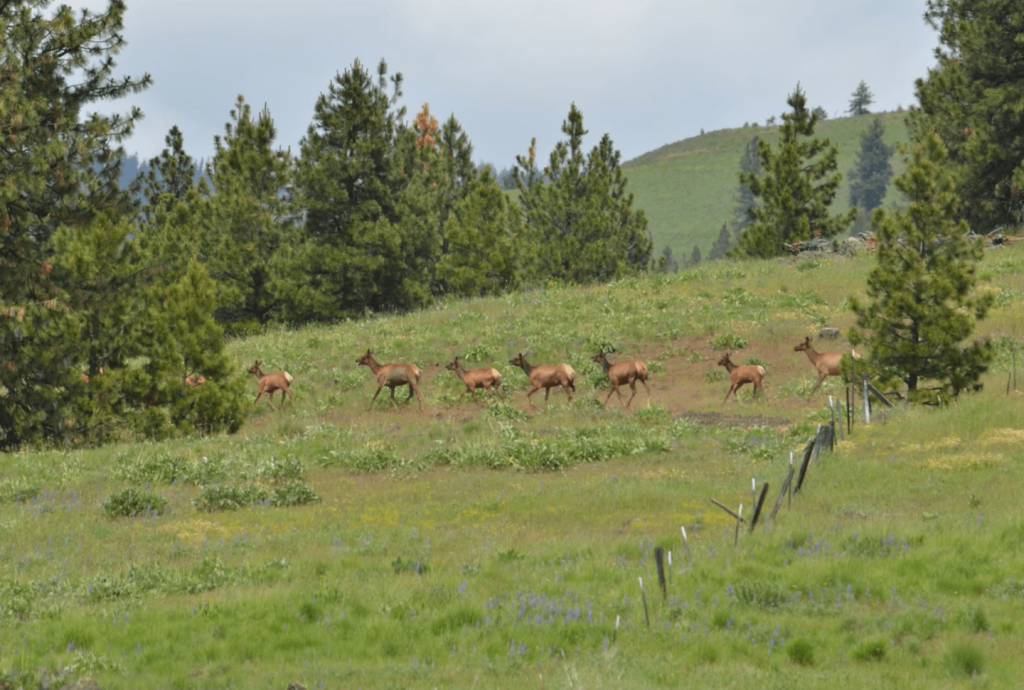
Elk Calf Survival Study To Begin In Washington’s Blue Mountains
THE FOLLOWING IS A PRESS RELEASE FROM THE WASHINGTON DEPARTMENT OF FISH AND WILDLIFE
The Washington Department of Fish and Wildlife (WDFW) announced today that it will begin a multi-year elk calf survival monitoring project in the Blue Mountains. WDFW biologists will attempt to capture and radio-collar 125 elk calves, starting in mid-May, to monitor their survival and determine causes of death through the following year.

“This is a unique project to help us determine the primary causes of death for elk calves in the Blue Mountains,” said Anis Aoude, WDFW game division manager. “When a radio collar puts out a mortality signal, it’ll serve as a trigger for our biologists to quickly get out and determine the cause.”
The Blue Mountains elk herd plays an important role in this region’s ecosystems and provides the public with hunting and wildlife viewing opportunities. It initially declined below the population objective of 5,500 elk following a harsh winter in 2017 and was still estimated at 25% below objective in 2019. The population trended upward the following year but was found well below objective again in 2021.
WDFW reduced antlerless hunting opportunities beginning in 2017 to aid in population recovery, but department biologists believe a low number of calves surviving to one year of age may be the primary factor limiting population recovery. The study will help determine if this is the case, and if so, what is causing it.
The elk calves will be captured and radio-collared using veterinarian-developed guidelines. The operation will take place in the northern Blue Mountains between Dayton and Asotin Creek.

